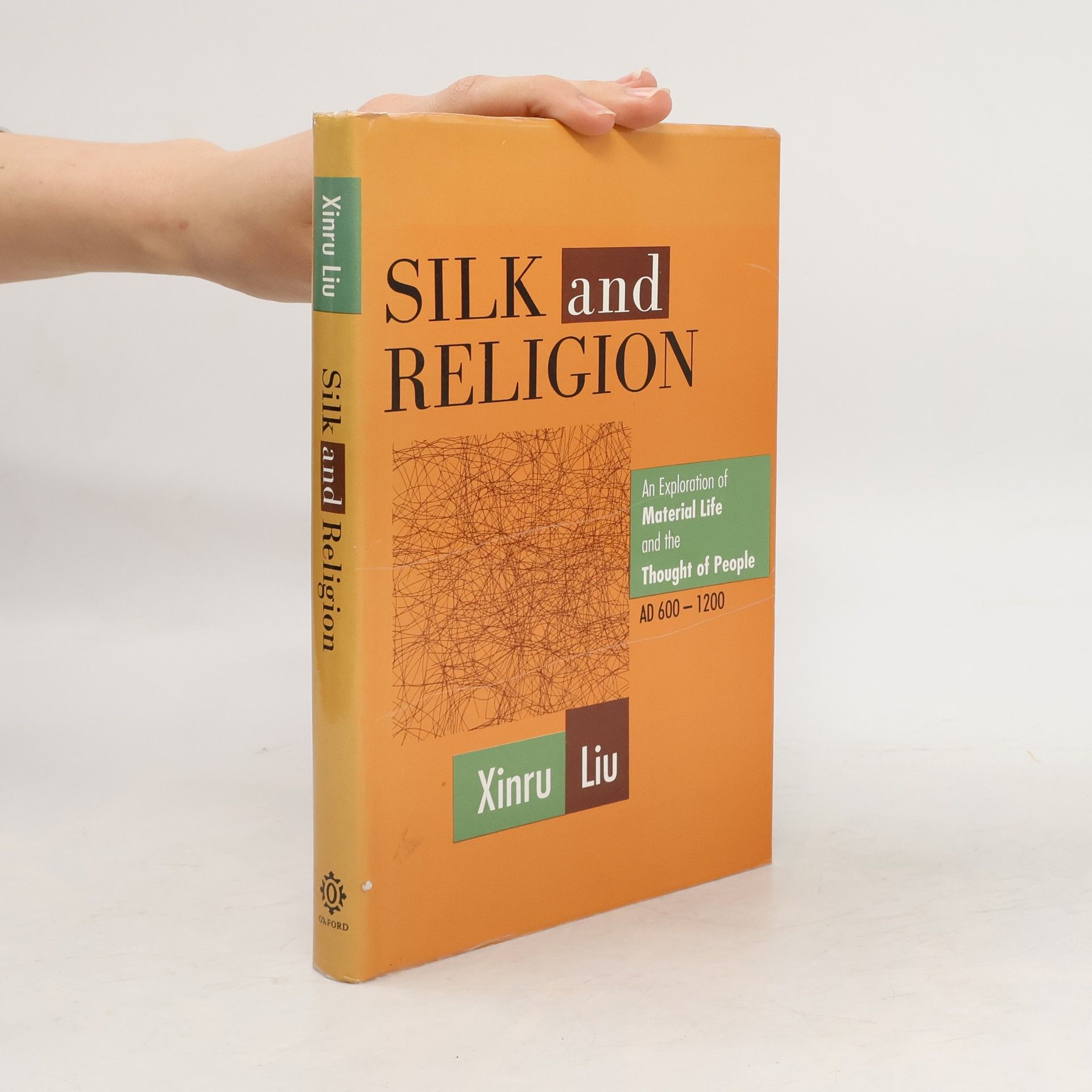This book offers an engaging exploration of the societal context during the time of the Buddha, blending scholarly research with imaginative storytelling. It delves into the cultural, political, and spiritual dynamics of the era, providing readers with a vivid understanding of the historical backdrop that influenced Buddhist teachings and practices. The narrative is designed to be both informative and accessible, appealing to those interested in history, religion, and philosophy.
Xinru Liu Livres
Xinru Liu se concentre sur l'histoire indienne ancienne et l'histoire mondiale. Elle est professeure associée au The College of New Jersey et professeure titulaire à l'Institut d'Histoire Mondiale de l'Académie Chinoise des Sciences Sociales. Ses travaux explorent les échanges historiques et culturels entre diverses civilisations. Elle étudie la diffusion et la transformation des idées, des technologies et des expressions artistiques au fil des âges.


Silk and Religion
- 246pages
- 9 heures de lecture
Xinru Liu studies the silk trade in Eurasia between the seventh and twelfth centuries to explore how religious ideas affected economic behavior. Long-distance silk trade was established for centuries in ancient Eurasia, well before the state in Tang China and the Byzantine Empire set up statesilk industries and clothing codes to regulate the trade and consumption of silk textiles. Silk textiles were invested with symbolic meaning and their use restricted to bureaucratic and religious hierarchies in both regions.